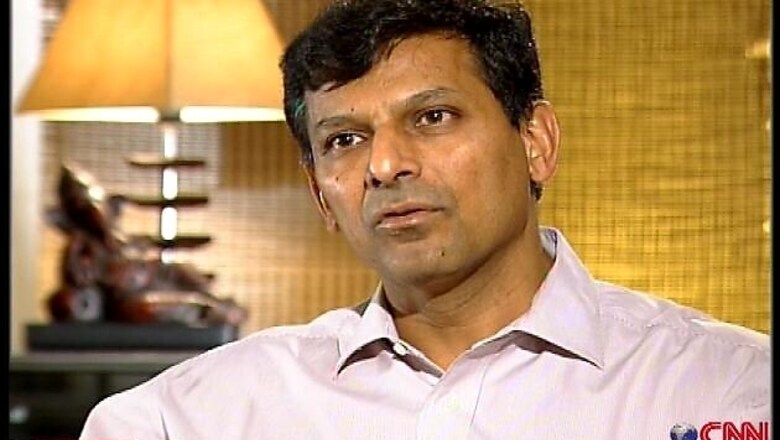
views
There are four elements of the report card that we would write in December 2014. How much has year-on-year CPI inflation declined? Did the exchange rate hijack monetary policy? Has the bond-currency-derivatives nexus started thriving, with liquidity and market efficiency? Has substantial implementation of the Indian Financial Code taken place?
The choices that will be made will have momentous consequences. It is possible to obtain huge progress, or collapse into abject failure, on all four fronts.
1. Inflation
The first priority is that of dealing with stubborn high inflation. The informal target of policy makers consists of achieving year-on-year CPI inflation between 4 to 5 percent. From February 2006 onwards, in every single month, the upper bound of this target has been violated. At the same time, it is not possible to bring inflation down quickly. The tool at RBI's disposal-the short-term interest rate-influences the economy in a limited way, as the financial system is flabby. RBI must never take its eye off the ball but we can only expect limited progress in 2014.
2. Monetary Policy
The world economy is healing, and some moves by the US Fed are likely in reversing unconventional monetary policy. These moves will reverberate in financial markets worldwide. There will be fervent pleas to RBI to manage the exchange rate by people who have neglected to do their own currency risk management. As the messy rupee defense of 2013 showed, getting sidetracked by the exchange rate is costly. All exchange rate policy is monetary policy, and the pursuit of an exchange rate objective comes at the cost of the prime objective of monetary policy: To deliver low and stable inflation.
3. Bond-Currency-Derivatives Nexus
RBI finds it hard to deliver low and stable inflation because the financial system is flabby. Thanks to a weak bond-currency-derivatives nexus, RBI is unable to influence the economy through changes in the short-term interest rate. It is ironic that RBI has pursued a strategy of damaging this nexus that results in its own impotence on its first responsibility-low and stable inflation. A long list of policy mistakes need to be reversed to achieve a liquid bond market and a currency market and derivatives on these. One year from now, all these can be solved problems.
4. Indian Financial Code
RBI is a badly structured organisation. There is a lack of clarity on the legislative, executive and judicial functions, and on establishing an organisation that will pursue these objectives in ways that are grounded in wise public administration. The draft Indian Financial Code has brought clarity about how financial agencies should be organised, and the market failures that they should pursue. The process of implementing the code has begun, and substantial adoption can take place over the year at RBI.




















Comments
0 comment